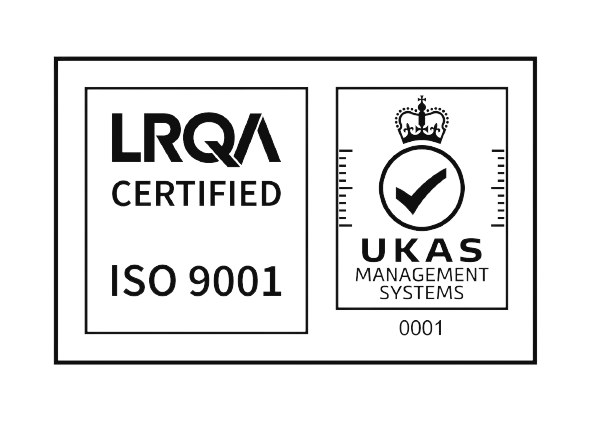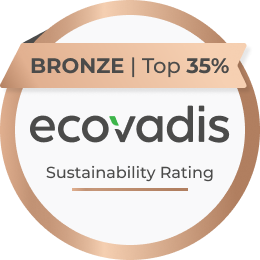What is EVA hot melt?
EVA hot melt is a type of adhesive that is solid at room temperature but melts when heated, allowing it to bond materials together. It is widely used in various industries due to its excellent adhesive properties and versatility. EVA hotmelt can be found in products we use every day, such as packaging materials, automotive parts, footwear, and woodworking applications.
Composition of EVA hot melt
EVA hotmelt is primarily composed of Ethylene Vinyl Acetate copolymers, which are derived from the polymerization of ethylene and vinyl acetate monomers. The ratio of ethylene and vinyl acetate in the copolymer can vary, resulting in different adhesive properties. Other additives such as tackifiers, antioxidants, and plasticizers may also be included to enhance specific characteristics of the adhesive.Manufacturing process
The manufacturing process of EVA hotmelt involves blending the ethylene vinyl acetate copolymer with additives. The mixture is then heated to a specific temperature, typically within the range of 150 to 180°C, until it becomes a molten liquid. This molten adhesive is then applied to substrates using various methods, such as slot coating, spray coating, or bead extrusion.What is EVA hot melt adhesive used for?
EVA hotmelt finds applications in a wide range of industries. Some common uses include:Packaging Industry: EVA hotmelt is extensively used for sealing corrugated boxes, ensuring secure packaging during transportation and storage.
Automotive Industry: It is employed for bonding interior components, such as headliners, door panels, and instrument panels.
Woodworking Industry: EVA hotmelt is used in furniture manufacturing, cabinetry, and laminating applications.
Textile Industry: It is utilized in textile lamination processes, bonding fabrics for garments, and non-woven fabric applications.
Bookbinding: Its ability to provide a strong, flexible, and long-lasting bond between book components makes it an indispensable tool for book manufacturers.
Advantages of EVA hotmelt
EVA hotmelt offers several advantages, making it a preferred choice in many applications. Some key advantages include:Fast Bonding: EVA hotmelt achieves a quick bond upon cooling, allowing for faster production speeds.
Versatility: It adheres well to a wide range of substrates, including plastics, metals, paper, wood, and textiles.
Flexibility: EVA hotmelt remains flexible after bonding, accommodating material movement and preventing joint failure.
Good Heat Resistance: It exhibits good resistance to heat, ensuring reliable performance in high-temperature environments.
Low VOCs: EVA hotmelt is generally low in volatile organic compounds, making it environmentally friendly.

 English
English
 Français
Français
 Nederlands
Nederlands
 polski (Polska)
polski (Polska)


